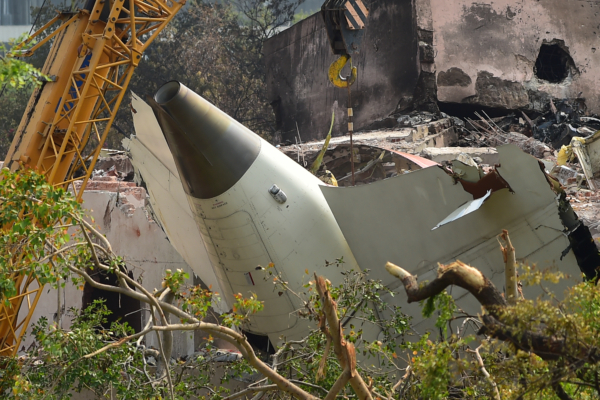On June 12, an Air India Boeing 787-8 Dreamliner crashed in the western Indian city of Ahmedabad, with only one survivor out of the 242 people on board. The death toll, including casualties on the ground, has reached 270, making it the deadliest aviation disaster worldwide in the past decade.
India’s Civil Aviation Minister, Ram Mohan Naidu, stated that the Indian aviation regulatory authority has ordered inspections of all domestic Boeing 787 aircraft. Currently, India has a total of 34 aircraft of this model, including 33 from Air India and 1 from IndiGo.
As of Saturday, 8 Boeing 787 aircraft have undergone inspections. The regulatory authority has specifically requested one-time safety checks for the 787-8 and 787-9 models equipped with General Electric GEnx engines, including takeoff parameters, Electronic Engine Control (EEC) testing, and fuel system checks.
According to airport surveillance footage, the Boeing 787 with flight number AI171 took off at 13:39 and shortly after climbing, the tail of the aircraft dropped and it rapidly descended, crashing within 33 seconds in the dormitory area of the B.J. Medical College to the northeast of the airport, resulting in a massive fireball.
The aircraft transmitted a distress signal of “Mayday” to the tower before losing contact. The footage shows that the landing gear was still not retracted before the crash, and there were no visible flames on the fuselage, indicating that there was no explosion before impact. Due to being a long-haul flight with a large amount of fuel onboard, a huge explosion and fire occurred at the crash site. The search and rescue operation is ongoing.
Investigators are looking into whether the following factors are related to the crash:
– abnormal engine thrust
– flap operation malfunctions
– why the landing gear was not retracted after takeoff
The counter-terrorism department has also joined the investigation. Sources revealed that the possibility of maintenance lapses within Air India itself cannot be ruled out.
The Flight Data Recorder has been found on the roof of the crashed building, but the Cockpit Voice Recorder, crucial for reconstructing the cockpit crew’s communication, has not been located yet.
According to Reuters, Dhaval Gameti, the president of the Junior Doctors Association at B.J. Medical College, told reporters that at least 270 bodies of the deceased have been recovered from the crash site.
Out of the 242 passengers and crew onboard, only one person survived. The crash also resulted in severe casualties among ground personnel when the aircraft hit the medical college dormitories.
Due to severe burns on most bodies, physicians are conducting DNA tests based on dental records for identification. As of Saturday evening, 11 samples have been successfully matched. Air India has announced that they will provide a temporary grant of 2.5 million rupees (approximately $29,000) to the families of the victims and survivors, with an additional 10 million rupees support from their parent company, Tata Group.
Hospitals and rescue teams are working tirelessly to identify the bodies, while the emotional distress of waiting families continues to grow increasingly unbearable.
Since taking over in 2022, Air India, under the Tata Group, has been dedicated to rebuilding its brand and updating its fleet. This tragedy has dealt a significant blow to its reputation. The company has stated that they are completing all necessary inspections and have warned of potential delays for some long-haul flights. A dedicated investigative team has been formed by the government to submit a comprehensive report within three months.

